Former Porsche designer Ben Baum said, Xiaomi has left Porsche with nothing but brand value.
 JohnFeb 19, 2025, 05:44 PM
JohnFeb 19, 2025, 05:44 PM
【PCauto】 Li Auto's design director, Ben Baum, made a bold statement in an interview with German media: "Xiaomi has reduced Porsche to just its brand value, stripping it of its product value."
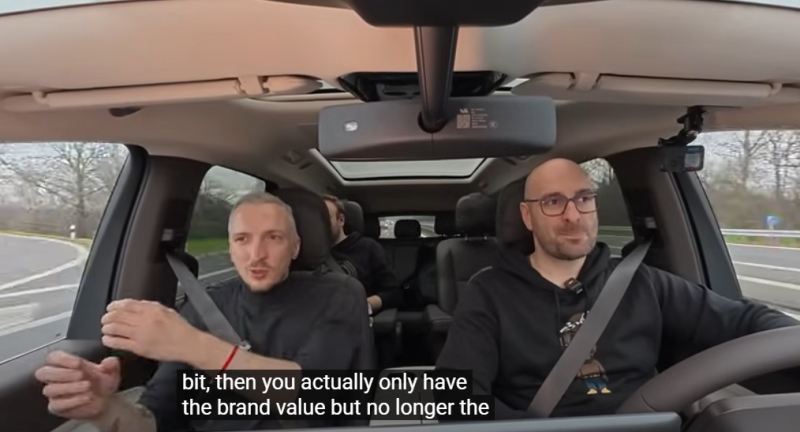
This remark quickly sparked heated discussions within the industry. As a seasoned designer who led the creation of Porsche's iconic 992 model, Baum's comments not only shed light on Porsche's current market challenges but also highlighted the intense competition Chinese new energy vehicle manufacturers are posing to traditional luxury brands.
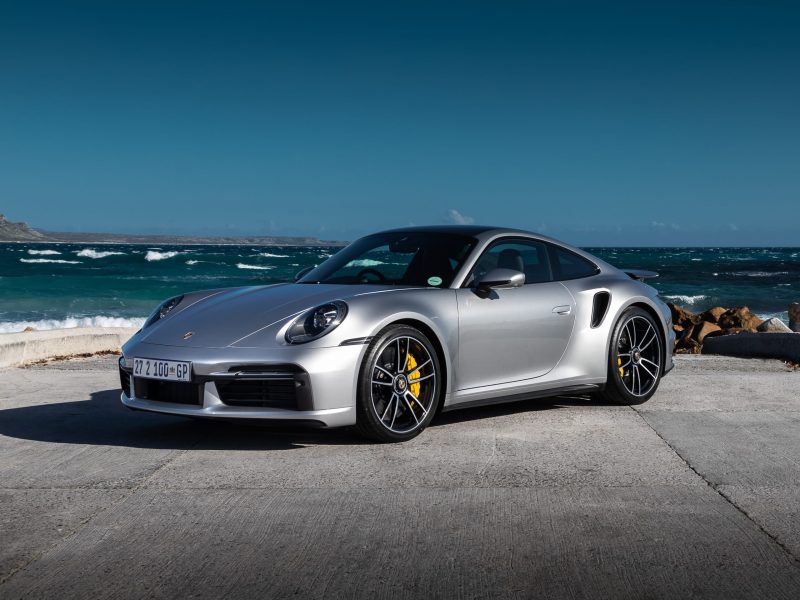
Baum pointed out that the Porsche Taycan is priced between 1.6 to 1.8 million yuan in China, while Xiaomi's car offers similar, if not superior, performance at just 220,000 yuan. This includes comparable exterior design, equivalent range, faster charging speeds, and advanced smart features (such as connectivity services) that traditional luxury brands struggle to match.
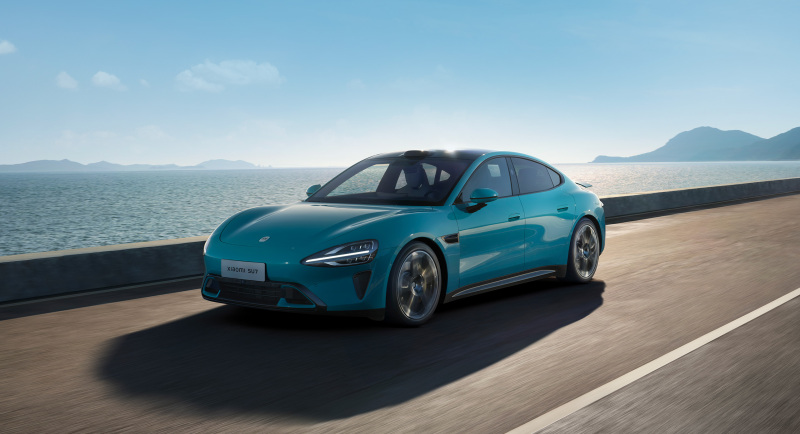
This "one-sixth the price, double the performance" comparison directly impacts Porsche's core customer base—those who seek luxury but have limited budgets. As affordable, high-performance Xiaomi cars flood the market, Porsche's product value is being diluted, leaving brand prestige as its only remaining defense.
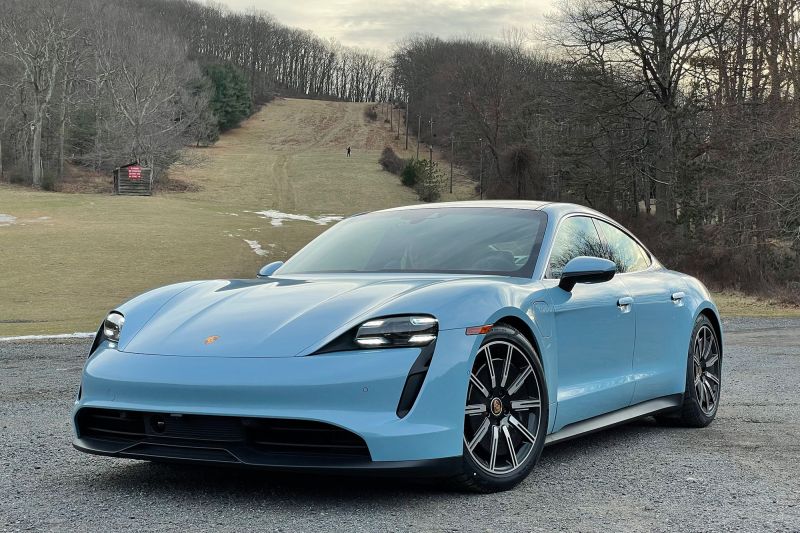
Baum's comments are not without merit. Porsche's recent performance in the Chinese market has been grim: on one hand, sales have declined for three consecutive years, with a 28% year-on-year drop in 2024. Taycan sales halved to 20,800 units, leading to layoffs of 1,900 workers at its production plant. On the other hand, its electrification transformation has stalled. Since its introduction in China in 2021, the Taycan has seen slow updates, and its smart cockpit and autonomous driving systems lag behind Chinese brands that refresh their models annually, leaving it far behind competitors like the Xiaomi SU7.
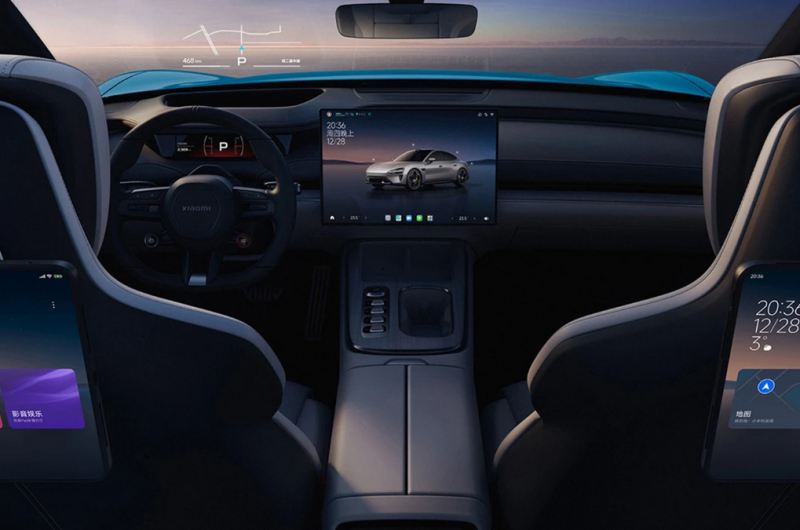
While Porsche's brand image still relies on the performance legacy of its gasoline-powered era, in the age of electrification, its product strength can no longer justify its high price tag.
Xiaomi's strategy reflects a new understanding of the luxury market by Chinese automakers. First, it prioritizes cost-effectiveness, offering million-yuan-level performance at 220,000 yuan, breaking the traditional notion that "luxury equals high price." Second, it emphasizes smart features: connectivity and over-the-air (OTA) updates have become key attractions for younger consumers. Third, it leverages track performance to build a reputation for high performance: the Xiaomi SU7 Ultra set a new lap record of 2 minutes 9.944 seconds at the Shanghai International Circuit, further solidifying its performance credentials.
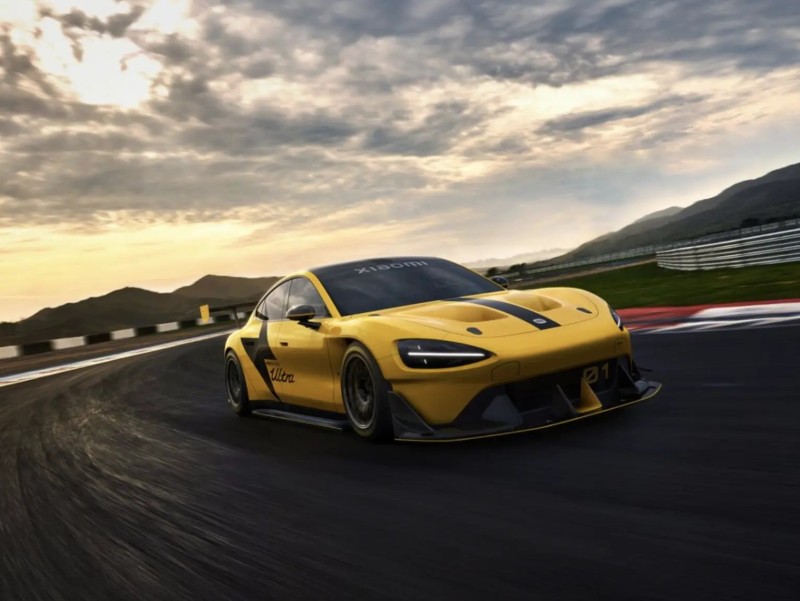
This approach not only diverts potential Porsche customers but also shakes the purchasing decisions of its loyal users. As Baum put it, "When 20,000 Xiaomi cars hit the streets, Porsche's aura will gradually fade."
To reverse this trend, Porsche needs to shorten its product iteration cycles and address its shortcomings in autonomous driving and smart cockpit technology, rather than relying on its gasoline-powered legacy.
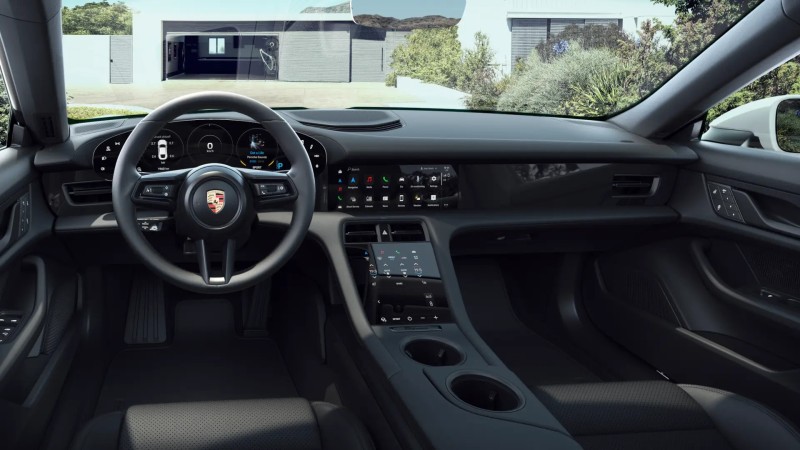
Moreover, luxury should not be confined to historical prestige but must be deeply tied to user experience. For instance, Porsche recently publicly congratulated Xiaomi on the SU7's lap record, showcasing its sports car heritage while subtly reinforcing its own "track DNA."

Baum's sharp critique essentially reflects the collective anxiety of traditional luxury brands in the face of the electrification wave. Xiaomi's success proves that when technological innovation rapidly closes the gap in product strength, relying solely on brand prestige is insufficient to maintain a market position.

Baum's sharp critique essentially reflects the collective anxiety of traditional luxury brands in the face of the electrification wave. Xiaomi's success proves that when technological innovation rapidly closes the gap in product strength, relying solely on brand prestige is insufficient to maintain a market position.
If any infringement occurs, please contact us for deletion

BYD Plans to Promote 1000V High Voltage Super Charging Stations and Its Models on a Large Scale
【PCauto】Recently, the news that BYD plans to massively implement a 1000V high-voltage supercharging platform has attracted widespread attention. It is reported that this platform will be launched in the middle of March this year and supports super-fast charging above 5C. After its release, it will quickly be popularized to its own models and large-scale construction of 1000V supercharging stations.This move will undoubtedly set off a wave in the new energy vehicle market. Let's delve into the te
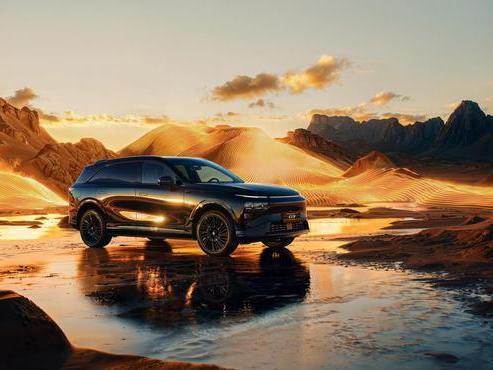
XPENG G9 is about to be launched in China, bringing 66 upgrades in features
【PCauto】XPENG has recently announced that the 2025 XPENG G9 will soon be launched in China. Although the official did not announce the time and price, the success of XPENG G6 and X9 has rekindled expectations for the once-failed G9 by XPENG. In terms of appearance, the G9 continues the X-BOT FACE 3.0 design language, with a closed grill at the front paired with split-style headlights on both sides, new two-tone collision colors and all-black body styles, with a petal-style wheel hub. Combining
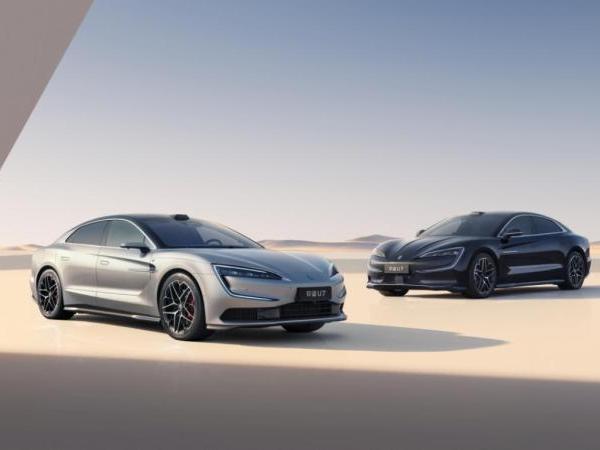
BYD YANGWANG U7 Launches with World's First Suspension Charging Tech
[PCauto] On March 27, BYD YANGWANG U7 was launched, with two power versions of pure electric and plug-in hybrid, a total of four models. YANGWANG U7 EV Five-seater Luxury Edition, priced at about 292.85 million baht/RM38.31 YANGWANG U7 EV Four-seater Flagship Edition, priced at about 330.04 million baht/RM43.19 YANGWANG U7 PHEV Five-seater Luxury Edition, priced at about 292.85 million baht/RM38.31 YANGWANG U7 PHEV Four-seater Flagship Edition, priced at about 330.04 million bah

Toyota Expands PHEV Lineup with Crown Estate Launching in Japan
【PCauto】Toyota has launched the new Crown Estate model in Japan. The Estate is the fourth model in the Crown series, and a plug-in hybrid version is also available.The Crown Estate combines design elements of station wagons and SUVs. It's built on the TNGA-K platform and has elegant body lines and spacious interior space. The vehicle's exterior design is exquisite, with the iconic hammerhead front face paired with large-size alloy wheels, showing the temperament of the Crown. In terms of body si
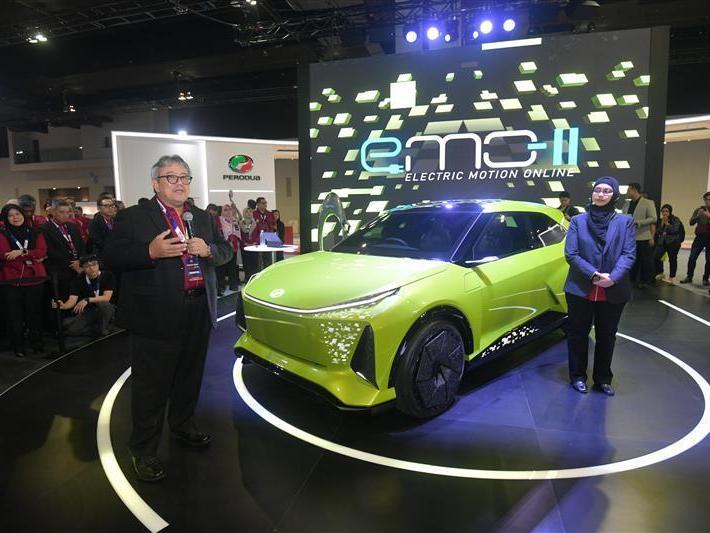
What will the new Perodua Car look like in 2025? What kind of changes will they undergo?
【PCauto】In 2025, Perodua will introduce a series of anticipated new car dynamics, covering the launch of new models and remodeling of several existing models, whether in the bold step in the field of electrification or in the optimization of classical models.Perodua is to launch its first electric car in 2025Perodua's first pure electric car is expected to go on sale officially in the fourth quarter of 2025. To ensure the vehicle's performance and quality, Perodua may initiate testing work as ea
Popular Cars
Car Compare

